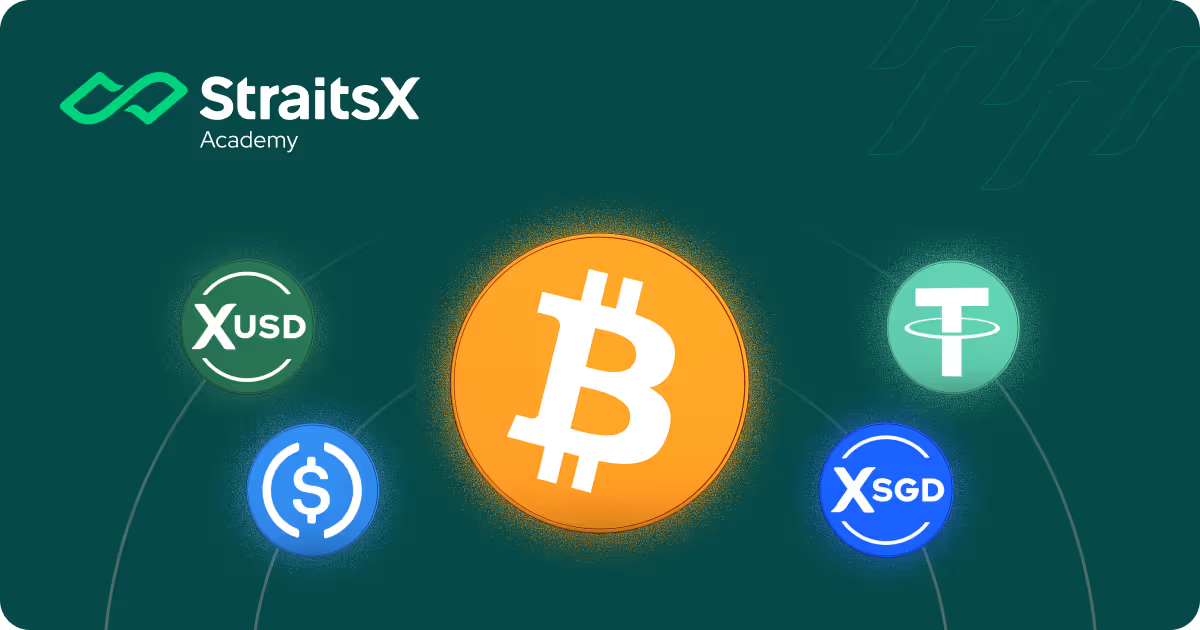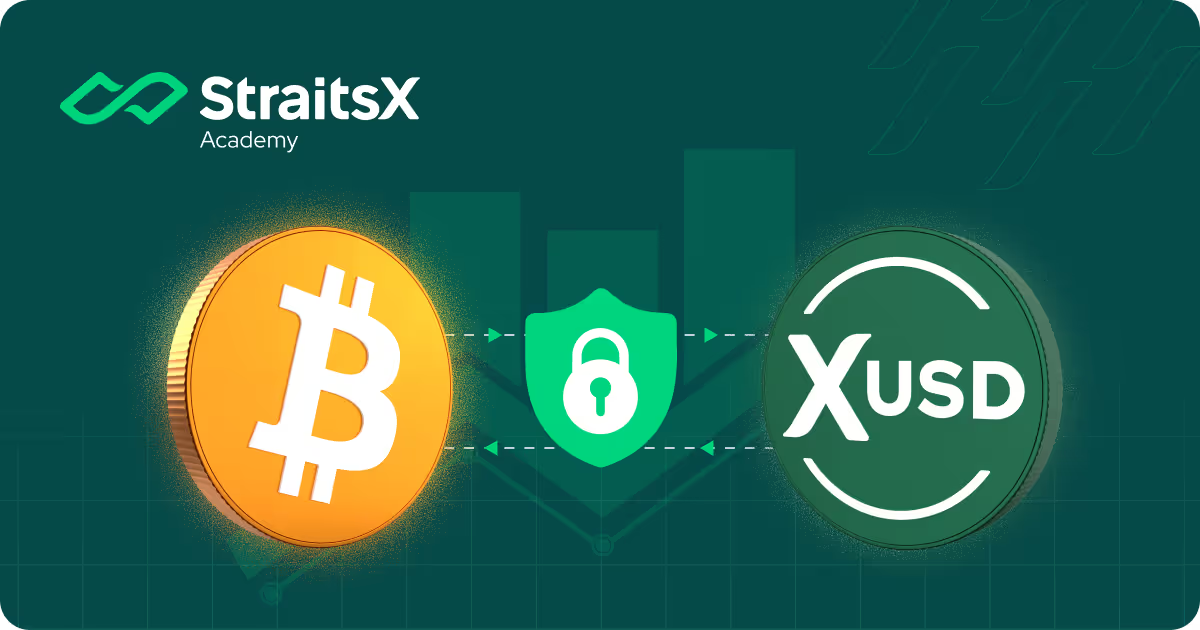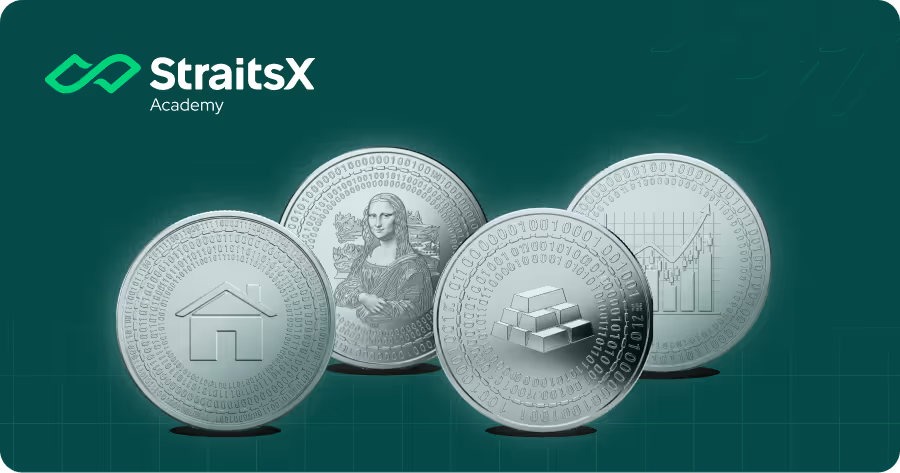Bitcoin vs Stablecoins: Key Differences Explained

Cryptocurrencies are rapidly gaining traction in the mainstream financial system. However, not all digital assets serve the same purpose. Two of the most widely known categories are Bitcoin (BTC) and stablecoins. While they both exist on blockchains and are often grouped under the term “crypto,” they operate in very different ways.
This article explains the fundamental differences between Bitcoin and stablecoins. Whether you're an institution, a fintech innovator, or just crypto-curious, understanding these distinctions is essential to navigating the digital finance landscape.
What is Bitcoin?
Bitcoin is the first and most well-known cryptocurrency, created in 2008 by the pseudonymous developer Satoshi Nakamoto. It introduced a way to transfer value without relying on central banks or intermediaries.
Key Characteristics of Bitcoin:
- Fixed Supply: There will only ever be 21 million BTC, making it scarce by design.
- Decentralised: Bitcoin is not issued or controlled by any central authority.
- Volatile: Its price is subject to large swings over short periods.
- Store of Value: Often referred to as "digital gold," some investors use Bitcoin as a hedge against inflation and economic instability.
Bitcoin is primarily viewed as a long-term investment or speculative asset. Its price volatility, while attractive to traders, makes it difficult to use for everyday payments.
What are Stablecoins?
Stablecoins are digital tokens designed to maintain a stable value. They are usually pegged to fiat currencies such as the US dollar, the Singapore dollar, or the euro. The goal is to combine the efficiency of blockchain with the price stability of traditional money. Learn more about stablecoins and how they work here.
Types of Stablecoins:
- Fiat-Collateralised: These are backed 1:1 by fiat currency held in reserves. Examples include XUSD, XSGD, and USDC.
- Crypto-Collateralised: Backed by other cryptocurrencies, often overcollateralised to manage volatility. An example is DAI.
- Algorithmic Stablecoins: These use smart contracts and supply adjustments to maintain price stability, though they are more prone to failure.
Fiat-backed stablecoins, such as XUSD (USD), XSGD (SGD), and XIDR (IDR) by StraitsX, are particularly well-suited for real-world payments and settlements. They offer regulatory clarity and are backed by audited reserves, providing transparency and trust.
Bitcoin vs Stablecoins: A Side-by-Side Comparison
Use Cases: Bitcoin and Stablecoins in Action
Bitcoin Use Cases:
- Store of Value: Like gold, Bitcoin can be used to preserve wealth over time.
- Speculation: Traders buy and sell Bitcoin for potential profits from price movements.
- Wealth Mobility: Useful in countries with capital controls or unstable currencies.
- Alternative Asset: Increasingly part of institutional portfolios as a hedge or diversifier.
Stablecoin Use Cases:
- Everyday Payments: Stable value makes them practical for goods and services.
- On-Chain Settlements: Instant and finalized payments across borders.
- DeFi Applications: Used as collateral, liquidity, and yield instruments.
- Corporate Treasury: Efficient cash management and diversification without currency risk.
- Cross-Border Remittances: Faster and cheaper alternatives to SWIFT, remittance services, or corporate treasuries.
Real-World Scenario: Bitcoin vs Stablecoins
Consider a Singapore-based company paying a US supplier. If the company uses Bitcoin, the value of the asset may change significantly between the time it is sent and received. The supplier may receive less than expected due to market fluctuations.
By contrast, a payment in XUSD or XSGD ensures value certainty. The transaction settles within seconds on-chain, available 24/7 even outside traditional banking hours, and avoids costly cross-border fees. The supplier receives the exact amount denominated in their local currency.
Stablecoins are designed to behave like money while retaining the technical advantages of blockchain.
Regulatory and Compliance Considerations
Bitcoin operates independently of any central system. While this has advantages in censorship resistance and decentralisation, it also makes compliance and integration with traditional finance more difficult.
Stablecoins, especially those issued under regulatory frameworks and backed by fiat, offer a bridge between cryptocurrency and traditional finance. In Singapore, for example, the Monetary Authority of Singapore (MAS) has introduced a regulatory framework that governs stablecoin issuers and custodians.
StraitsX stablecoins such as XUSD and XSGD are issued under this framework. They are fully backed, regularly audited, and built for real-world financial integration. This level of transparency and trust makes them ideal for institutional use.
Which Should You Choose?
It depends on what you need.
- Choose Bitcoin if you are looking for a long-term store of value, exposure to a deflationary digital asset, or to capitalise on market opportunities.
- Choose stablecoins if you are building payment systems, settling trades, providing liquidity, or conducting cross-border business transactions.
In practice, businesses and investors use both. Bitcoin plays the role of an investment asset. On the other hand, stablecoins act as a bridge between fiat and the wider crypto assets, serving as a common intersection for on-ramp and off-ramp. Many users convert fiat into stablecoins as an entry point, trade into Bitcoin or other assets, and then move back into stablecoins to hold value or wait for the next opportunity.
Final Thoughts
Bitcoin and stablecoins are complementary components of the growing digital asset economy. Bitcoin introduced the world to decentralised digital value, while stablecoins are now enabling that value to be used efficiently in daily transactions, enterprise systems, and global payments. As digital finance continues to evolve, stablecoins are emerging as critical infrastructure for the real economy, offering price stability, programmability, and compatibility with regulatory environments.
At StraitsX, we are building the trusted infrastructure that powers stablecoin payments in the real world. From our secure OTC service for large trades to our wallet for instant transfers and conversions, we enable both institutions and individuals to move value seamlessly.
Contact our team to have further discussions here.
Risk Warning & Legal Disclaimers
Cryptocurrencies and stablecoins are subject to market risks. Please do your own research before making any financial decisions. This article is for informational purposes only and does not constitute financial advice. Please review our Terms and Conditions for more details.
Related Post


.png)

